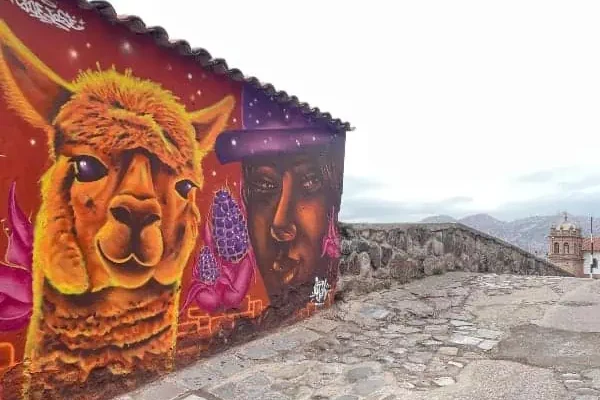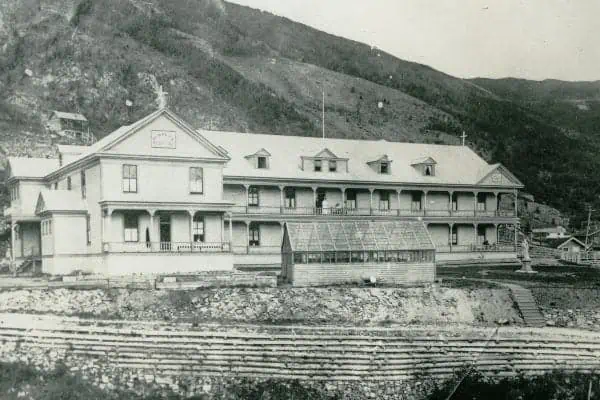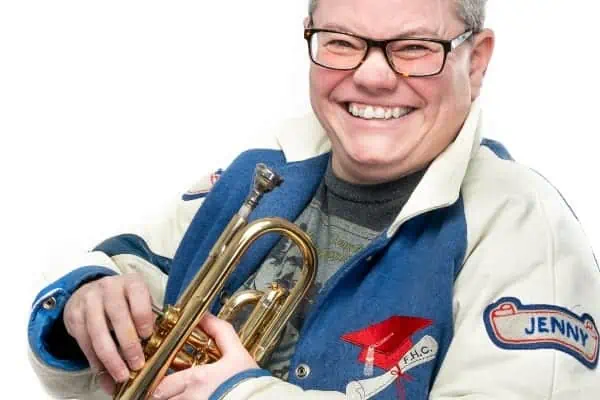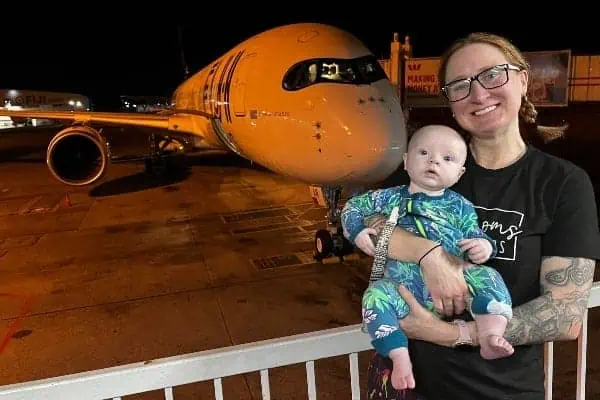Dawson City resident Debbie Winston has a love of making art with beads – including antique glass and china chickens.
A child of the sixties, Debbie first arrived in Whitehorse on July 1, 1967. She was traveling with her boyfriend. His father had paid her way – traveling in style on CP Air, Debbie remembers silverware and cloth napkins on the plane.
She met Margaret Ludwig, who was enamoured with the hippie culture of Haight Ashbury in San Francisco, so she was thrilled to meet Debbie, a recent arrival from Berkeley, California.
Debbie and Margaret became friends and Margaret introduced Debbie to beads. Debbie recalls spending hours beading with her new friend.
Biddin, the ancient Anglo Saxon verb, means to pray. Bede is a noun meaning prayer.
Before glass was discovered, bead material included shells, pebbles, teeth and bone. Glass beads probably originated in Venice in the 14th century. Murano Island, Venice has a thriving glassblowing tradition to this day. The Czech Republic also produces beads today – long tubes of glass cut and tumbled to make the tiny beads.
Beads are used in many cultures for spiritual practice as well as clothing decoration.
Glass beads had an important role in the colonization of the world. Spanish and Portuguese explorers used trade beads when meeting First Nation peoples in the New World, and Christopher Columbus brought red hats and string beads to North America.
Couch thread embroidery is the European technique used to attach beads to clothing. It produces a flat embroidery more practical for leather and outdoor living.
Debbie’s beading technique is what I like to call free form. In the Chinese culture beading is more three-dimensional; Debbie is inspired by this Chinese technique. She is always looking for bead patterns – whatever appeals to her, really. Anything can be covered with beads.
There are some interesting cultural connections found in Debbie’s bead research. Beading designs from South Africa and Greenland are similar, for example.
Debbie’s beading kit includes strings of beads, Aileen’s Tacky Glue, a food baster and tiny tweezers.
After researching chicken breeds and plumage colour, she picks a chicken to cover in beads.
She begins by placing outline beads. These beads have been strung onto a thread in the colour sequence needed for the pattern. Over the years she has discovered just how long a string of beads needs to be to cover an outline design. Using the food baster, she spreads the glue in the shape wants. She lets the glue sit for a bit – it gets tacky but not completely dry. She then presses the beads gently into the glue. Then she pulls the thread out from the string of beads.
She is able to move the beads at this stage to adjust the design. The tweezers come in handy for this part of the process. After the outline shape has dried, she fills in the design with more beads. The process takes days as she leaves a glued section to dry before adding more glue and beads.
I had a lot of fun meeting Debbie. She is such a positive person. Her love of life is really mirrored in her love of colourful beads and what can be done with them.




